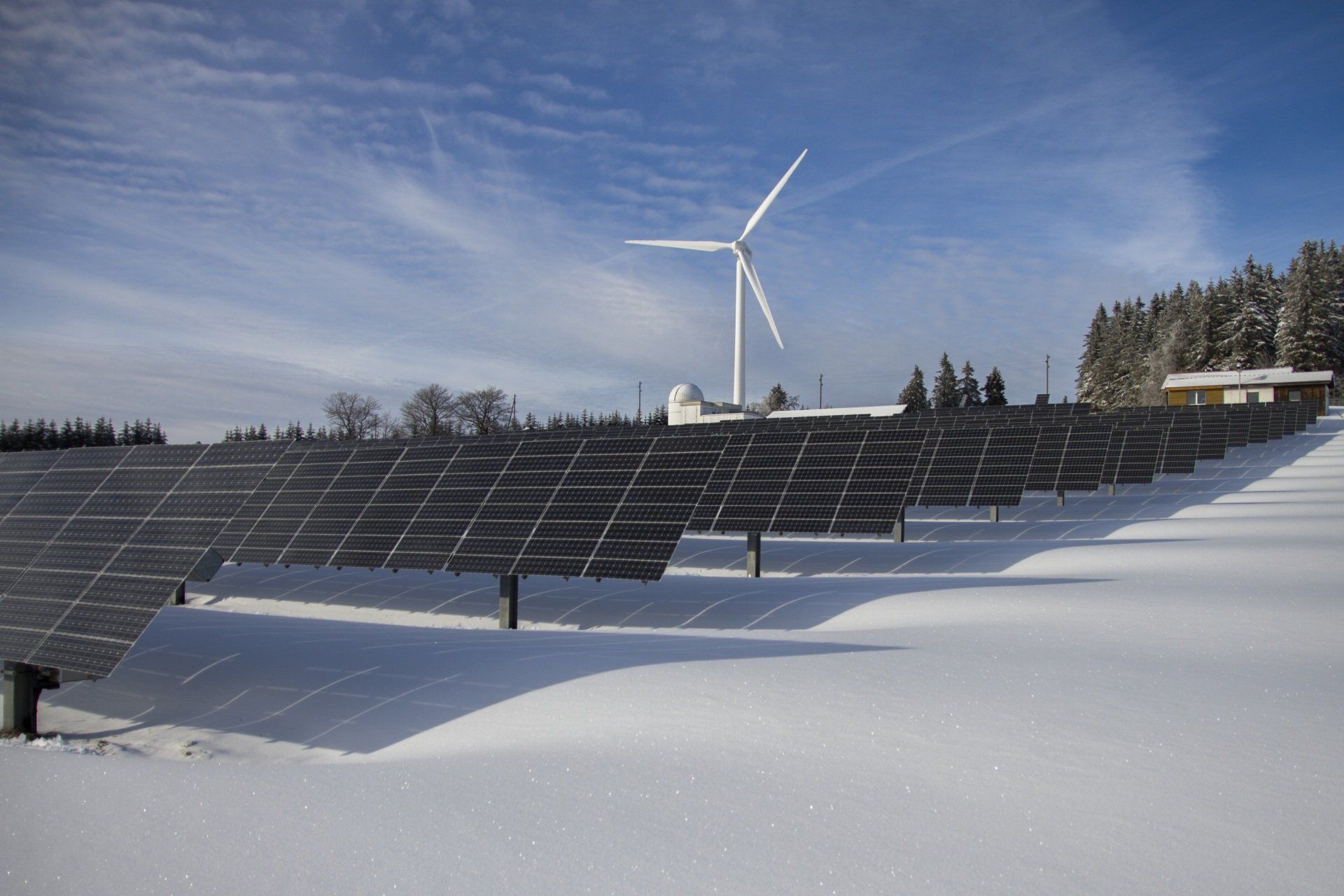Eco-Home Hacks: Affordable DIY Upgrades for a Greener Living Space
Eco-friendly home improvements are not just beneficial for the environment, but they also add value to your property. These enhancements can be cost-effective, making them accessible to homeowners of all skill levels. Adopting sustainable practices in home improvement not only conserves resources but also ensures a healthier living space. In this article, shared below by Jason Ratcliffe, practical and low-cost eco-friendly home improvement ideas will be shared.
Boosting Property Value
Eco-friendly upgrades are increasingly becoming a priority for homeowners and potential buyers. These improvements are seen as investments that pay off by increasing the market value of the property. If selling your home is a consideration, knowing that eco-friendly features are sought after can guide your improvement choices. Making your home more environmentally friendly can be a key selling point in the competitive real estate market.
Low-Flow Fixtures
Installing low-flow showerheads and faucet aerators is a simple yet effective upgrade. These fixtures significantly reduce water usage, leading to lower utility bills. The reduction in water consumption not only saves money but also conserves an essential resource. This is a practical step toward sustainability that anyone can implement with basic tools.
Window Caulking
Caulking around windows is a simple yet effective way to enhance a home's insulation. By sealing gaps and cracks, it prevents the escape of warm or cool air, thereby improving energy efficiency. This improvement leads to a noticeable reduction in drafts, making living spaces more comfortable throughout the year. Moreover, better insulation achieved through caulking contributes to lower energy bills, as heating and cooling systems don't have to work as hard to maintain a consistent indoor temperature.
Low VOC Paints
For interior painting projects, using low VOC (Volatile Organic Compounds) paints is a healthier choice. These paints emit fewer toxic chemicals, enhancing indoor air quality. This is especially important in maintaining a safe environment for families with children or pets. Low VOC paints are readily available and offer a wide range of colour choices for eco-conscious decorators.
Eco-Friendly Smart Home
Incorporating eco-friendly smart home features is an innovative way to enhance sustainability. These technologies depend on a reliable Wi-Fi connection to function effectively. From smart lighting systems to energy-efficient appliances, these upgrades allow for better control and monitoring of home energy usage. Intelligent use of technology can significantly contribute to a home's eco-friendliness.
Smart Thermostat
Installing a smart thermostat is an excellent step towards achieving energy-efficient temperature control in your home. This innovative device allows for precise regulation of heating and cooling, adapting to your schedule and preferences automatically. By maintaining optimal temperatures only when needed, it significantly reduces energy consumption. Consequently, this leads to a decrease in heating and cooling costs, making it not only an eco-friendly choice but also a financially savvy investment for homeowners.
Energy-Efficient Lighting
Replacing traditional incandescent bulbs with LED or CFL bulbs is a straightforward upgrade. These bulbs consume less energy and have a longer lifespan, offering both immediate and long-term savings. The switch to energy-efficient lighting is one of the simplest ways to reduce a home's environmental impact. It's an effective strategy for homeowners looking to make sustainable choices without extensive effort.
Improved Insulation
Enhancing insulation in key areas such as the roof void, walls, and floors can make a significant difference. Proper insulation helps to maintain a consistent indoor climate, reducing the need for excessive heating or cooling. This not only makes your home more comfortable but also lowers energy bills. It’s a fundamental aspect of creating an energy-efficient home.
The suggestions provided in this article offer practical, low-cost ways to make your home more eco-friendly. These improvements are not only beneficial for the environment but also add value to your property. With these easy-to-implement ideas, homeowners can create a greener, more efficient living space. Whether you're a novice or experienced in DIY projects, these eco-home hacks are an excellent starting point for anyone looking to reduce their environmental footprint.
Post By: Dylan Foster - healthwellwise.com


All Rights Reserved | Jason Ratcliffe -Construction & Nature Enthusiast.